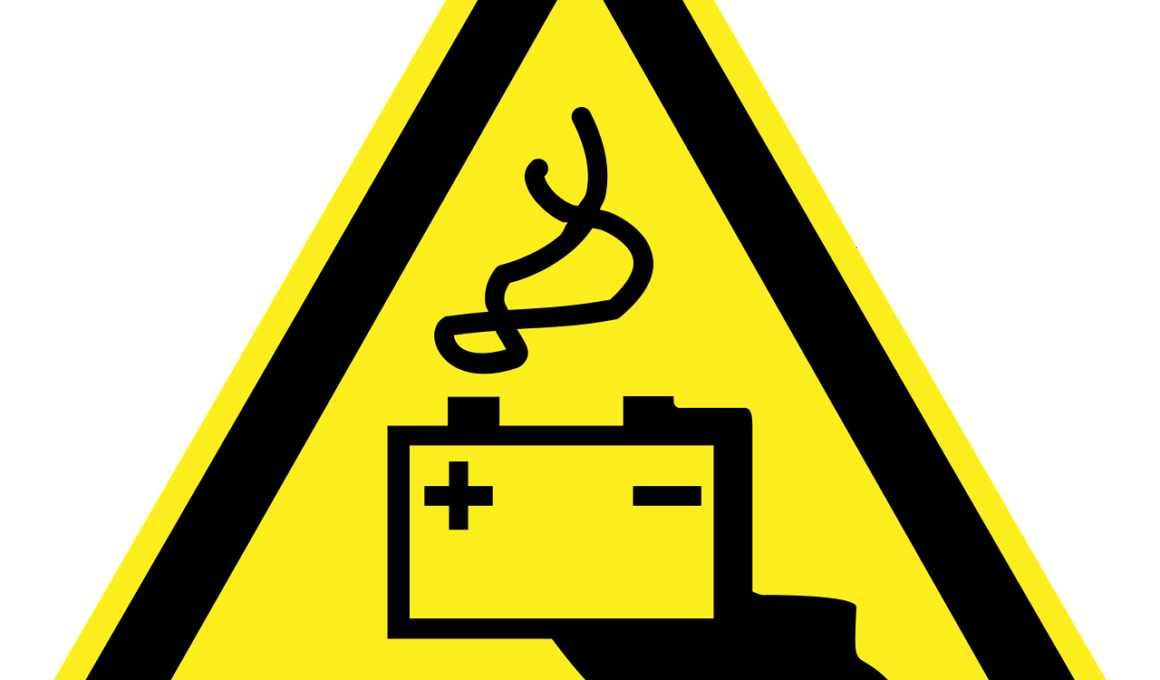Preventing Cat Electrocution: Essential Safety Tips
Cats are naturally curious animals, often exploring their environment without an understanding of danger. Electrical cords and devices can pose serious risks to them, potentially leading to fatal accidents like electrocution. One of the first steps in ensuring your cat’s safety is to properly secure electrical cords. Use cord covers or tape to keep them out of reach of your feline friend. Select products specifically designed for pet safety, ensuring they are durable and difficult to chew. Additionally, consider positioning furniture or other obstacles in such a way that creates barriers between your cat and electrical cords. Supervision is also crucial, especially when introducing new electronic devices into your home. By keeping a watchful eye, you can quickly address any dangerous behavior. Avoid leaving unattended cords lying around, as cats might find them enticing. Furthermore, training your cat to stay away from cords can lead to long-term safety. Provide ample toys and scratching posts to keep their attention diverted. By implementing these practices, you greatly reduce the chances of your cat encountering hazardous situations. Always strive to create a safe haven for your furry companions and regularly evaluate your home for potential dangers.
In addition to securing cords, educating yourself about various potential hazards is paramount. Understand which devices present the most risks to curious kittens. Common household items, such as toasters, hairdryers, and charging devices, can electrocute even the most vigilant of pets if they gain access. For instance, sockets can be extremely dangerous, especially if your cat attempts to investigate them. Use safety plugs to cover unused outlets, making them less accessible to your pet. Another tip is to avoid using extension cords when possible, as they may be easier for cats to access. Instead, try to use outlets that are higher up on walls or behind furniture. Choose devices that are designed with pet safety in mind whenever available; they often come with safety features that limit access. Remember, accidents can happen quickly, so staying proactive is the key. Regularly inspect cords for signs of wear and tear; fraying cords pose a significant risk. By maintaining your electrical items, you not only mitigate the threat of electrocution but also prolong the device’s lifespan.
Understanding Your Cat’s Behavior
Providing a safe environment for your cat goes beyond simply managing electrical devices. Cats’ natural instinct drives them to pounce on long, draping cords as if they are prey. Acknowledging this behavior helps pet owners find better solutions. Observe your cat’s interactions with various household items. If you notice particular interest in electrical cords, consider redirecting that curiosity. Shadowing your pet’s exploration can offer insights into their habits, revealing which cords or devices attract them the most. You might also consider training techniques to instill boundaries. Use deterrent sprays specifically designed to repel cats, applying them to cords or devices that pose a risk. Ensuring consistent training reinforces to your cat that certain areas and objects are off-limits. Positive reinforcement techniques, rewarding your cat for steering clear of dangerous zones, can also be quite effective. Furthermore, interacting regularly with your cat helps fulfill their mental and physical stimulation needs, diminishing the urge to explore dangerous materials. A well-engaged cat is less likely to seek out potential hazards. Combining environmental management with your understanding of feline behavior provides a robust strategy for ensuring your pet’s safety.
Utilizing protective gear is an excellent way to enhance your home’s safety. The market offers a plethora of options to choose from. For example, cord protectors and casings can safeguard your electrical wiring from curious claws. Choose flexible and chew-resistant materials designed specifically for pets. Use these protective items not only on cords but on any accessible wiring around your home. Cable wraps can be used to hold multiple cords together, reducing clutter and potential entanglement. Furthermore, pet-proofing devices adds an additional layer of safety. Some cut-off switches also exist, enabling you to quickly disconnect power to appliances that could pose a hazard. Consider automatic power strips that switch off when devices are not in use; this reduces the available time your pet might encounter wires and reduce fire risks. Additionally, strategically placing devices helps manage your cat’s exposure. Visibility to devices can lead them to engage with it unnecessarily; thus, being intentional in positioning these items will minimize temptation. By employing these protective measures, you create an environment where both you and your feline friend can coexist happily and safely.
The Overview of Electrical Safety Devices
To further emphasize a cat-safe home, consider investing in various electrical safety devices. These innovative products are designed to protect pets from electrical hazards. For example, surge protectors with built-in safety features can provide multiple levels of protection against voltage spikes while keeping outlets secure. Another beneficial device is the childproof outlet cover, which serves to block access and is highly effective against curious cats who want to explore. Smoke detectors that also monitor electrical appliances are essential since they can alert you to unusual behavior or overheating. Moreover, you can monitor your devices remotely, allowing you to keep track of your electronics from anywhere. This technology is beneficial for busy families, enabling you to ensure everything stays safe even when you’re away. Additionally, consider installing a smart home system that can manage appliance usage based on your preference, preventing accidents before they happen. Overall, utilizing several tools allows you to ensure a traditional safety net while addressing modern living. Prioritizing safety through technology can directly contribute to your cat’s well-being in your home.
Regular inspections of your home and equipment is essential for maintaining safety. Periodically check all cords and devices for damage, wear, or potential hazards. Identifying problems immediately can prevent accidents before they occur. For example, if a cord is frayed, replace it right away to mitigate risk. Furthermore, ensure that your home environment supports your cat’s natural behavior while minimizing dangers. Create a dedicated play area with scratching posts and climbing structures that distract from electrical items. By providing alternative options for engagement, you reduce the likelihood of your cat seeking out forbidden areas. Additionally, consider rearranging your living spaces to create safer environments as your pet grows and learns. Keeping clutter to a minimum enhances both visibility and accessibility, preventing dangerous encounters. When you have guests over, remind them to be cautious about where they place bags, cords, and other items that might lead to curiosity from your cat. Make it a routine to educate friends and family about the potential risks within your home. Together, you can create a supportive network dedicated to ensuring your cat’s safety.
Conclusion: A Comprehensive Safety Approach
In conclusion, prioritizing electrical safety for your feline friends requires ongoing awareness and preventive measures. Adopting a multi-faceted approach safeguards your cat from electrocution and various electrical hazards. Start by clever cord management and investing in protective devices designed for pets. Ensure you have a thorough understanding of your cat’s natural behaviors to craft the most effective strategies, allowing you to monitor their actions continuously. Combine knowledge with smart technology options to enhance the home safety experience, actively minimizing risks. Regular inspections and keeping your living space organized are also significant aspects to staying ahead of potential dangers. By engaging your cat in safe activities, you can redirect their curiosity and safely fulfill their play needs. Don’t hesitate to revisit safety evaluations periodically, adapting your strategies as your cat ages or circumstances change. In doing so, you create a supportive and dedicated environment ensuring security while allowing enjoyment. Ultimately, a proactive mindset can lead to a long and happy life for both you and your furry companion. Always remember, prevention is key to protecting your loved ones from unforeseen tragedies.
Bonus Tip: If you ever suspect your cat has experienced an electric shock, consult a veterinarian immediately!


